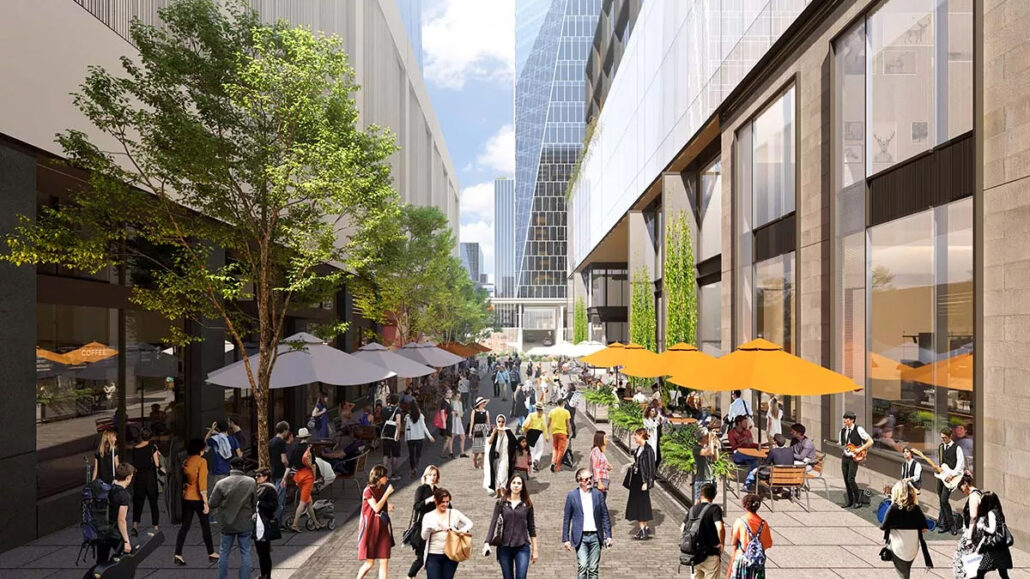MARKET SNAPSHOT
$1,669 3Q 2024
92.8% 3Q 2024
3,784 [YTD: 10,007]
-0.8% 3Q 2024
+10 BASIS POINTS
2,856 [YTD: 11,408]
Demand has remained robust despite consistently high delivery levels. Net absorption outpaced new completions this quarter for the first time in over three years, reaching a level similar to its 10-year high.
The development pipeline is contracting but remains substantial. The number of units in the pipeline has decreased by 50% since its peak in late 2022, yet the metro area still holds the fifth-highest ratio in the nation of units under construction relative to its existing inventory.
Average rents have been declining due to the large influx of new supply, with reductions seen in every quarter since early 2021. Nevertheless, occupancy rates have stabilized and are gradually rising, supported by improving supply and demand fundamentals.
3,784 UNITS
[YTD: 10,007]
Despite a surge in new apartment deliveries, rental demand in Nashville—measured by net absorption—remained strong throughout 2024. By the end of the third quarter, net absorption had surpassed 10,000 units, exceeding nearly every annual total from the past decade, except for 2021, which saw a slightly higher absorption of 10,425 units. Notably, this quarter marked the first time since early 2021 that net absorption significantly outpaced new deliveries.
Rental demand has been particularly concentrated in Downtown, which absorbed 3,871 units over the past 12 months, accounting for one-third of all units absorbed in the Nashville market during that period. The Southeast Nashville submarkets followed, contributing 16% of the market’s total absorption.
2,856 UNITS
[YTD: 11,408]
Nashville ranks fifth among the 50 largest U.S. markets for the percentage of units under construction compared to its existing inventory. However, the development pipeline has been steadily shrinking since its peak in late 2022. The number of units under construction in the metro area peaked at around 27,000 in the fourth quarter of 2022, but has since dropped to approximately 13,600 this quarter—the lowest level since mid-2024. Deliveries declined by 41% between the second and third quarters of 2024, with further decreases expected over the next year as net absorption continues to rise.
Downtown Nashville has been one of the most actively developed submarkets in the country, accounting for nearly one-third of all new completions in the metro over the past year. The Southeast Nashville and Madison/Rivergate submarkets followed, contributing 10% and 12%, respectively. Recently, most deliveries in the southeastern part of the metro have been concentrated in and around Antioch.
Occupancy rates appear to have bottomed out and are slowly increasing. After declining to a ten-year low of 92.5% in late 2024, the overall stabilized occupancy rate rose slightly, to 92.9%, by mid-2024 and has since remained stable as renter demand rebounded. As the construction pipeline continues to shrink, occupancy rates should keep recovering, especially if absorption rates continue to outpace or at least remain balanced with new completions.
Downtown and West End Nashville both had a stabilized occupancy rate of 92.5%, near the bottom of the submarket range. However, the adjacent West Nashville submarket was outperforming at 95.3% average occupancy, likely because it only accounted 6% of the units delivered over the past year. Similar to rent trends, mid-tier properties were underperforming with an average occupancy rate of 92.2%, compared to 92.9% for upper-tier properties and 93.7% for lower-tier properties, similar to the national benchmark (94.0%).
Effective rents in Nashville have declined for six consecutive quarters as below-average occupancy has eroded property managers’ pricing power. In contrast to the rapid annual rent increases of around 10% seen in both 2021 and 2022, the addition of nearly 13,000 new units in the past year has provided renters with abundant options. This trend has particularly impacted areas like West and Southeast Nashville, where landlords have been forced to lower rents or offer concessions to attract tenants amid the growing supply.
Despite having the highest level of new construction, Downtown Nashville has still seen some rent growth, though at a modest rate of 1.0%. Mid-tier properties experienced the largest rent declines, dropping 1.2% over the past year, while upper- and low-tier properties saw more moderate decreases of 0.6% and 0.3%, respectively.
Nashville’s rapid population growth continues to be the primary driver of its economy. Since 2010, the metropolitan area has expanded by over 30%, with the population now exceeding two million and showing no signs of slowing. This growth has established the city as a major consumer hub, with most sectors experiencing job growth over the past year and the unemployment rate remaining relatively stable. Total nonfarm employment increased by 0.8% year-over-year in August 2024. The sectors with the highest job growth include education and healthcare, which saw a 4.6% annual gain, followed by other services and government, which recorded growth of approximately 3.0% and 3.1%, respectively. The metro area’s current unemployment rate stands at 2.9%, only 10 basis points higher than in August 2023, 30 basis points above its pre-pandemic level, and well below the national average of 4.4%.
August 2024 ANNUAL JOBS CREATED
AUGUST 2024 EMPLOYMENT GROWTH
AUGUST 2024 Unemployment rate
4.4% us August rate
Nominal Change
from August 2023
to August 2024: 7,900
Percent Change: 4.6%
Nominal Change
from August 2023
to August 2024: 1,500
Percent Change: 3.1%
Nominal Change
from August 2023
to August 2024: 3,700
Percent Change: 3.0%
Nominal Change
from August 2023
to August 2024: 1,800
Percent Change: 2.1%
Nominal Change
from August 2023
to August 2024: 1,300
Percent Change: 0.6%
| Sector | Nominal Change from August 2023 to August 2024 | Percent Change |
|---|---|---|
| Education and Health Services | 7,900 | 4.6% |
| Other Services | 1,500 | 3.1% |
| Government | 3,700 | 3.0% |
| Manufacturing | 1,800 | 2.1% |
| Trade, Transportation, and Utilities | 1,300 | 0.6% |
| Professional and Business Services | -1,800 | -0.9% |
| Information | -300 | -1.0% |
| Mining, Logging, and Construction | -700 | -1.1% |
| Leisure and Hospitality | -2,700 | -2.0% |
| Financial Activities | -2,500 | -3.2% |

Oracle Health is constructing a 70-acre campus in Nashville that will serve as its corporate headquarters and will focus on software development, data science, and healthcare initiatives. The project is slated for completion in 2027.

In May 2024, Southwest Airlines opened a new “Crew Base” at Nashville International Airport. This facility is designed to support the airline’s operational needs in the region and accommodate its growing workforce.

The Nashville Yards project, a significant 19-acre mixed-use development in Downtown Nashville, is making notable progress, with two residential towers—The Everett and The Emory—approaching completion.
A key advantage to the market’s future outlook is Nashville’s steady population growth. Recent data from the Census Bureau indicates that the city’s population has expanded by nearly 175,000 residents since 2024, representing a 9% gain. This growth makes Nashville the eighth fastest-growing metropolitan area in the country with at least two million people, comparable to Phoenix. Additionally, rising costs in Nashville’s for-sale housing market have made homeownership an increasingly unattainable option for most renter households.
Given the current trends, Nashville’s overall occupancy rate is projected to remain stable throughout the remainder of 2024 before beginning a gradual recovery. The growing demand for rental units is essential for this recovery, with net absorption exceeding deliveries in the current quarter and anticipated to remain balanced with new supply over the next year. Rent trends are also forecasted to stabilize and begin rebounding, with increases expected to start in early 2025 and potentially reach around 4% annually by the end of the year.
Sources: Costar; ESRI; U.S. Census Bureau; Yardi Matrix; U.S. Bureau of Labor Statistics













